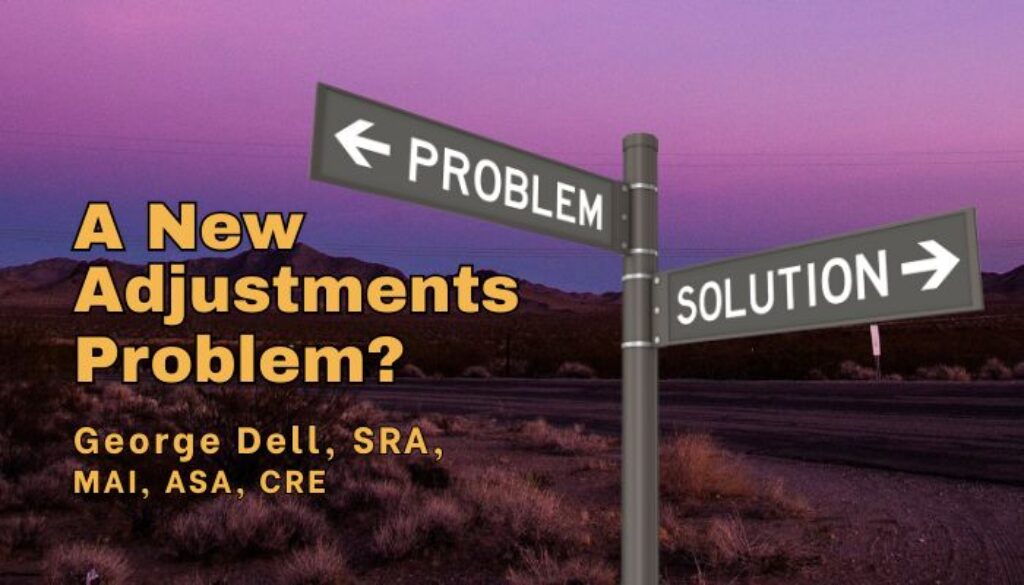Why are adjustments a problem?
The concept is simple. How does a typical buyer react (with a number), to a particular feature?
For example, it seems to be easy to judge a person’s reaction to a house which is, say, 15% bigger. Economists use what is called a preference function to analyze this. This concept is also used in the world of insurance. One is about benefit, the second is about measuring loss. Same thing, just viewed from another direction.
An example, in its simplest form, might be the trade-off of a house with a swimming pool, versus a house with an extra 1500 square feet of living area.
The method is a survey, or poll. The question is, incrementally:
- Would you give up the pool for an extra 1200 square feet?
- How about 1300 square feet?
- Then 1400 square feet, 1500 square feet, then 1600, and so on.
At some point, the buyer stops. “Yep, I will give up getting a pool, in return for a larger size of 1500 square feet.” (Hmmm, maybe a small spa instead of the pool, for a different tradeoff?)
We now have information. The pool value is equal to 1500 square feet, at the margin. This is for a particular buyer. It is the indifference point for a particular buyer.
We can graph this with living area on one axis and pool choice on the other axis A scatter plot with a single point.
If we poll several buyers in this same competitive market, each individual buyer has an indifference point as between a pool and living area (and spa?). We can then plot the several points, and draw a line curve-fit smoother along the several points. Viola! An indifference curve!
We understand that for valuation, only four or five variables (“elements of comparison”) really matter. By creating relationships between these few key variables, we can generate a far more objective indication of relative adjustments as between each other. All we need now is a max and a min for the particular market segment, to set the overall range of response.
If we have enough data, and have objectively moderated (controlled) our data set for similarity, then we can fit a line – and find the underlying equation to represent the marginal effect of the particular variable.
Enough data? . . . That is the issue.
In most real property analyses, we do not have “enough” data. This is the problem.
But we can impute from our prior appraisals, over time, over similar market segments, over our prior experience, practical feedback, and even appropriate intuition – to make adjustments!
Yes, good appraisal involves judgment, analytic competence, repeat experience, and current data. An accumulation of prior knowledge and experience.
The ideal valuation model comprises both human interaction and computer algorithms. The interaction of human expertise and computer is the essence of data science. In valuation, we call that Evidence Based Valuation EBV©. “The Data Science Approach.”
It works.
